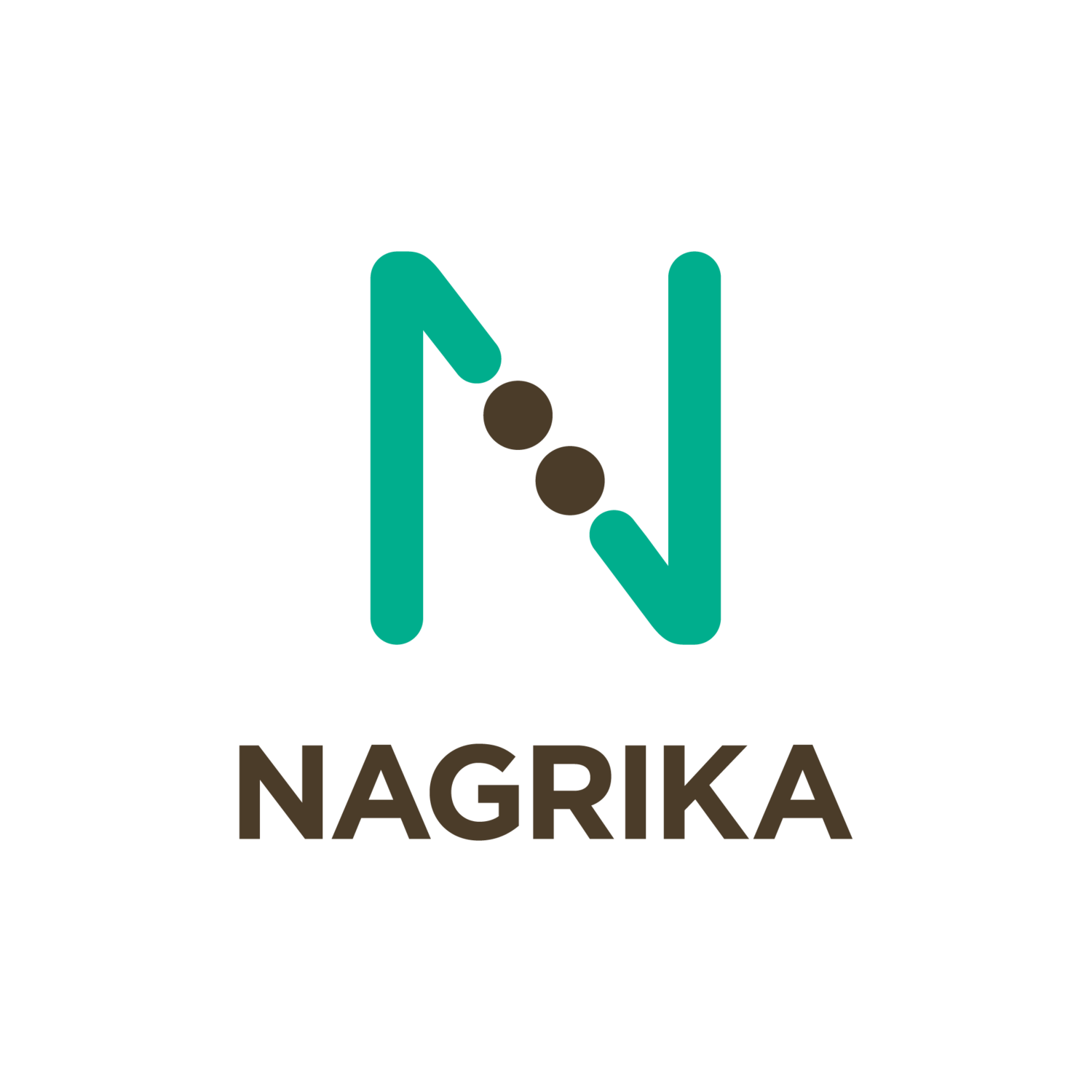World Wetlands Day: Celebrating Conservation & Community Action
/Did you know that World Wetlands Day (WWD) is celebrated annually on 2nd February? This observance commemorates the signing of the Ramsar Convention on Wetlands of International Importance in 1971. This year, the Ministry of Environment, Forest & Climate Change, along with the Government of Madhya Pradesh, organized a national event at Sirpur Lake, Indore. The WWD 2024 theme, ‘Wetlands & Human Wellbeing,’ highlighted the critical role of wetlands for flood protection, clean water, biodiversity, and recreational opportunities essential for human health and prosperity.
Last week, Nagrika also celebrated this day through the web launch of our report, “From Definition to Conservation: A Study on Urban Wetlands of India” and a panel discussion on “Urban Wetlands: Beyond Our Current Thinking.” By shining a spotlight on three major cases: East Kolkata Wetlands, Udaipur Lakes, and Deepor Beel in Guwahati, Nagrika’s report delves into the varied dimensions of understanding urban wetlands. The report extensively looks into how such critical ecosystems are defined while also exploring the challenges of their management and conservation in cities across India.
Wetlands are intrinsically tied to cities, as they are hosts to diverse life forms and offer ecological services that are vital for sustaining urban communities. This is evident in the case of the East Kolkata Wetlands. As the world's largest natural sewage management system, it treats 60–80% of Kolkata's sewage, saving approximately ₹4680 million annually in purification costs. By recycling wastewater and recharging groundwater, it functions like a natural sponge and serves as a carbon sink, locking in over 60% of carbon emissions. These wetlands also support 50,000 agro-workers and provide 1/3rd of the city's fish requirement!
Urban wetlands are facing the impending challenge of climate change and on-going anthropogenic activities, exemplified in the case of Deepor Beel- the only Ramsar site in Assam. While it serves as the major storm water storage for Guwahati, this wetland faces degradation due to urban expansion, industrial pollution, improper waste management and water hyacinth invasion. Encroachment has reduced the permanent lake water area from 7.1 sq km to 4.2 sq km. East of the lake, Boregaon used to receive 85-90% of the city’s daily waste before the site had been shifted. Though the new dumpyard still remains within a 1 km radius, exacerbating the damage already done by legacy waste.
Urban lakes also hold social & cultural significance, especially in Udaipur’s case, which is known to tourists as the “City of Lakes.” While tourism is a significant economic driver, the rise of the hotel industry has increased stress on Udaipur’s water resources, as water needs are met by extracting 78.5 million liters from its wetland ecosystem. However, citizen groups in Udaipur are actively working to reduce pollution and encroachments. Formed in 1992, Jheel Sanrakshan Samiti (JSS) has worked as a pressure group that oversees water conservation works carried out by the government & has been instrumental in establishing Lake Development Authority and Lake Conservation Plan. Similarly, Jheel Hiteshi Nagrik Manch (JHNM) has focused on Udaipur’s lake cleanliness & has received support from courts in directing authorities to develop a time-bound plan for this.
Anil Mehta, the joint secretary of JSS, during Nagrika’s panel discussion brought to light the current scenario of Udaipur & emphasized a change in water conservation methods. Instead of treating water bodies in isolation, he advised to approach such challenges holistically as water bodies are a reflection of the issues the larger basin is undergoing. He advocated for a perspective of ecological growth, circular ecology, eco-centrism, and being “stake-takers” instead of stakeholders. According to Mehta, prioritizing ecological well-being through local action would ultimately lead to human well-being.
Similarly, Wetland Researcher and Project Director of SCOPE, Dhruba Dasgupta also mentioned the importance of stewardship in such endeavors. She highlighted the role of Dhrubajyoti Ghosh, a renowned engineer and ecologist who dedicated his life’s work in conserving the East Kolkata Wetlands. Dasgupta emphasized how the extensive research and conservation efforts associated with these wetlands can serve as a model for communities living creatively with nature.
Rupankar Bhattacharjee, the founder of Kumbhi Kagaz, brought in such an example of creative entrepreneurship for water conservation. His journey of creating chemical free printable paper using the dried pulp of water hyacinth, also engaged local communities surrounding Deepor Beel. His enterprise cleaned about 42 tonnes of water hyacinth last year, while also producing paper that utilizes 1/10th less water for manufacturing. This has led to a positive symbiotic impact on both the wetland’s biodiversity as well as the local fisherfolks!
Nagrika’s webinar served as a platform in highlighting collective actions at the local level- from the successful sewage management of East Kolkata Wetlands to the community-driven conservation efforts in Udaipur & innovative approaches like Kumbhi Kagaz's transformation of the water hyacinth to paper. Such developments are paramount in safeguarding urban wetlands, which continue to be crucial for the survival of urban centers & their communities.





